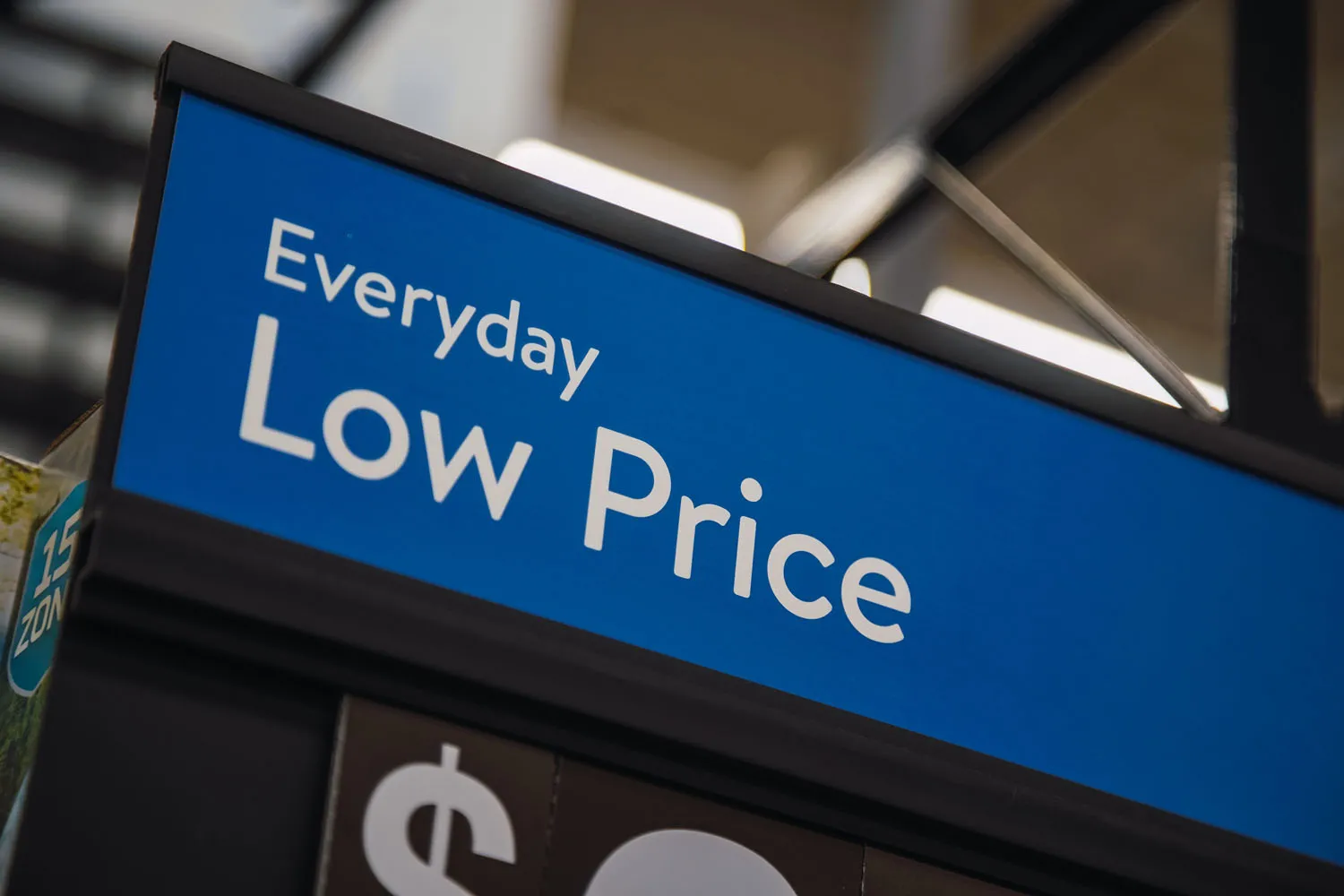So you’ve decided that you need a website, or you’d like to update your existing one, but you still need to answer the age-old question: which web design tool and Content Management System (CMS) is the best? With so many to choose from, it can be a little daunting but don’t worry, we’re here to break it down for you.
Let’s take a look at how WordPress vs Webflow stack up against each other in 2024.
Table of Contents
What is Webflow?
What does Webflow vs WordPress offer?
Webflow benefits
WordPress benefits
Down-to-the-wire
Will the infamous WordPress keep its ranks as the most popular CMS on the internet? Or is Webflow the next best thing that’s going to flog that position? Let’s get ready to rumble and see.
What is Webflow?
Webflow is a web design tool that allows users to design responsive websites without having to write a single line of code. It is also a CMS and hosting platform. This means that you can create, edit and publish digital content, such as blogs and eCommerce websites, on it.
Just like WordPress, Webflow has design templates and themes to choose from, web hosting capabilities and a publishing platform. Although Webflow has many of the same abilities and functionalities that WordPress has, do they outperform the acclaimed CMS?
What does Webflow vs WordPress offer?
You’re probably thinking that if 43% of all websites are using WordPress, then it must be the best option. You might have to rethink that. Both platforms are powerful in their own right. But being dubbed the modern WordPress alternative, there are a few benefits that could make Webflow a better choice.
Webflow benefits
Webflow has a few unique functionalities that could make it a better choice. The benefits of Webflow are:
Visual canvas

One of the biggest flexes Webflow has to offer is its designer tool, or what they call a visual canvas. You simply drag and drop whichever HTML element you’d like and see the results immediately without having to code. For example, if you want a navigation bar, just choose one from the list of elements and drop it wherever you want it to appear on your page.
You also have the freedom to choose any layout and easily make your designs responsive. The designer tool bridges the design-content gap so your website isn’t lacking in anything.
Cleaner HTML
The website builder generates clean and simple code. Why is this a win? Because when code is clean, it speeds up the loading time of your website. This will result in a better User Experience (UX) and better Search Engine Optimisation (SEO) rankings. Both users and Google can penalise slow websites. 70% of users are unwilling to buy from a website if they find the loading time too slow.
Faster hosting

Other factors can also influence your page loading time. One of these is the type of content delivery network (CDN). Webflow’s CDN, Amazon Cloudfront, allows for quicker transfer of assets like HTML pages, javascript files, images and videos and is likely to never be down. In comparison to WordPress, which doesn’t use this CBD, your website experience is significantly improved.
Built-in SEO integrations
Webflow has native SEO tools that can help you grow organic traffic and improve search engine rankings. But the big plus here is that you don’t need third-party plugins because it’s all built-in. You can easily manage your SEO strategies and implement best practices right from your dashboard.
WordPress benefits
There are a few reasons why WordPress is the most popular CMS on the internet. Its benefits include:
Low-cost

WordPress offers a lot of themes, templates and add-ons for free but even if you wanted more customised features, it won’t cost you a pretty penny. Their entry-level hosting fees as well as maintenance are also affordable. Plus, you get a free blog by default with a range of built-in functionalities like plugins and widgets.
Flexible
From personal blogs to huge eCommerce sites, the possibilities are almost endless with WordPress. It has about 22,000 plugins which you can add to your site and thousands of themes to choose from. This means that you can build different websites that serve an array of purposes. You can integrate different apps including SEO tools like Yoast.
Open-source

Because it’s open-source, WordPress is completely customisable to suit your needs because anyone can contribute to the code. Some may argue that open-source software has the downside there being a chance that your site can get hacked, but on the other hand, it could offer more security.
There are millions of people that are using the same software from WordPress so if there are any security flaws, they’ll get flagged straight away by the community and are usually fixed right away.
Trusted name
The platform has been around since 2003, so with nearly 2 decades in the industry, it’s hard not to think of it when creating websites. Brand recognition gives WordPress users confidence in relying on it.
Up-to-date website functionality
Trends come and go even in the web development world. One thing you can be sure of is that WordPress stays up-to-date with all of these. So you don’t have to worry that your website is going to lag in terms of functions and features.
Customizable

With thousands of themes and plugins available, WordPress allows you to tailor your website’s appearance and functionality to your exact needs. You can add features like contact forms, social media integration, and more with just a few clicks.
FAQs
What are the main differences between Webflow and WordPress highlighted in this comparison?
The blog post primarily contrasts Webflow’s visual, code-free building approach with WordPress’s reliance on themes and plugins. It also discusses differences in hosting, cost, learning curve, flexibility, and suitability for different user types.
Which platform, Webflow or WordPress, is better for beginners?
The article suggests that Webflow might have a steeper initial learning curve due to its more technical interface, while WordPress can be easier to get started with, thanks to its vast library of user-friendly themes and plugins. However, it notes that Webflow offers more design freedom from the outset.
What does the blog post say about the cost implications of using Webflow versus WordPress?
The article points out that Webflow’s pricing structure includes hosting, which can be more expensive upfront than WordPress, where hosting is a separate cost. However, WordPress’s reliance on paid plugins and themes can also lead to significant expenses over time.
Which platform does the article suggest offers more flexibility and customization options?
The blog post indicates that while WordPress offers immense flexibility through its extensive plugin ecosystem, this can sometimes lead to bloat and security vulnerabilities. Webflow, with its direct design control, offers significant customization without the need for coding or plugins, potentially providing cleaner and more efficient websites.
Which platform is recommended for users who need complex functionality or specific integrations?
WordPress, with its vast plugin directory, is generally better suited for websites requiring highly specific or complex functionalities and integrations. While Webflow’s capabilities are growing, its plugin ecosystem is not as extensive as WordPress’s.
Key Takeaways

- Webflow is a web design tool that allows users to design responsive websites without coding. It is also a CMS and hosting platform.
- Webflow’s visual canvas allows users to drag and drop HTML elements and see the results immediately without coding. It also generates clean and simple code, which speeds up website loading time.
- Webflow has native SEO tools built in, eliminating the need for third-party plugins.
- WordPress is a popular CMS due to its low cost, flexibility, open-source nature, trusted name, and up-to-date functionality.
- Both WordPress and Webflow are powerful tools, and the choice between them depends on individual needs and requirements.
Down-to-the-wire
While both platforms offer their own list of benefits, is one list still superior to the other? Well, it might just come down to your needs and requirements. WordPress is a great website builder that’s been around and trusted for years. It has all the features you would need for a basic website to a huge eCommerce website.
It’s customisable so you can build on the fundamentals that the templates give you. However, if you’re going for something that’s more than basic, you may need to get the help of an expert as it can get a bit technical when introducing code.
That’s where Webflow may score a few more brownie points. The visual canvas allows you to drag and drop elements so you can get a fully customisable design without needing to code. There are also built-in features which eliminate the need for plugins.
Both WordPress and Webflow are powerful tools that can help you deliver the best experience for your users, it’s up to you to decide which one will win in your ring.




